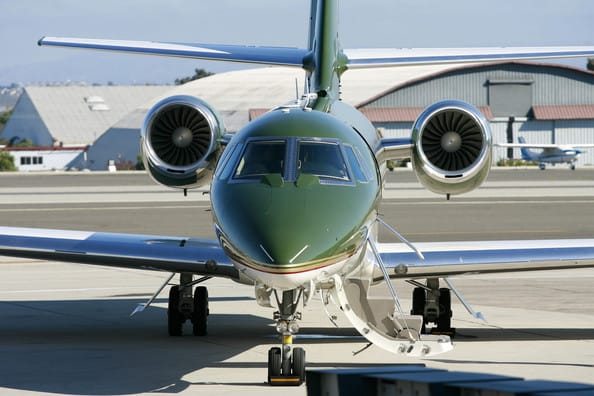
This post originally appeared on The Healthy City Local. It has been modified for timeliness and style.
When it comes to the Santa Monica Airport (SMO), what a difference a few years, a lot of community action, and a decisive election have made. Four years ago, in the aftermath of losing its battle with the FAA over large jets, the city of Santa Monica was gun shy about the airport. It initiated a “Visioning Process” for the airport that ended up envisioning nearly everything that might happen at SMO except the vision that most residents concerned about the airport wanted: shutting it down.
Fast forward. Two months ago the City Council listed closing SMO as one of the three major priorities for the city. Last week the city took out full-page advertisements and created a website designed to mobilize community action against the Federal Aviation Administration (FAA) for the purpose of doing that. [Tonight], the council will act on recommendations from staff to start a process to curtail environmental impacts of airport operations until it can be closed.
All of this is in the context of continuing litigation to establish or confirm the city’s right to close all or part of the airport. There are two cases. The city initiated one against the FAA in 2013 to have the courts declare that the city now has the right to close the whole airport. (That litigation is tied up in a procedural appeal in the Ninth Circuit.) Airport interests brought the other case—it’s a FAA administrative proceeding seeking to extend the City’s obligation to operate the airport under a contract with the FAA from 2014 to 2023. (In that case, the FAA was supposed to give its decision months ago, but has for the third time delayed the decision.)
A city government that was not long ago trying to rationalize every problem SMO creates is now throwing every argument and strategy it can at the FAA to close the airport. It’s particularly notable that the city is working in concert with the two U.S. representatives, Ted Lieu and Karen Bass, whose constituents are affected most by the airport; this represents a big change from a few years ago when it was hard to get the local congressional delegation interested.
It is also notable that the city is making environmental arguments against the airport that it had not made before. These arguments, which have been championed for years by Los Angeles resident Martin Rubin and his organization, Concerned Residents against Airport Pollution (C.R.A.A.P.), potentially will allow the city to make an end run around at least the strictest aspects of FAA control.
This environmental argument is mostly what [tonight’s] hearing is about. Staff is proposing various measures, including moving to require that all fuels sold at the airport be low lead or unleaded for prop planes, or biofuels for jets; requiring that current airport lessees begin mitigation of contamination of premises they have occupied; and moving to have the city take over fuel sales. Finally, staff wants authority to begin developing plans for a cap on total emissions generated by the Airport, something that could ultimately provide overall limits on airport operations.
Of course, the goal is not to operate a cleaner airport, but to close it and build a park. But making the airport operate more cleanly not only has intrinsic benefits, for so long as the airport is operating, but also increases pressure on the aviation businesses there.
All of this is radical change from where the city was not long ago. The sea change began after the 2012 election where nearly all the candidates supported closing the airport, and obviously picked up with the 2014 election when Measure LC won handily, defeating the aviation industry’s Measure D 60% to 40%. Also, one has to credit the hiring of new City Manager Rick Cole, who is taking a much more dynamic approach to the airport and its future than did his predecessor, Rod Gould.
[Tonight] City Council should adopt all of the staff recommendations, but it should try to go even farther. For one thing, it should have staff report back on the possibility of ending all fuel sales at the airport and what this would mean, both legally and practically. Another thing the Council should do—at least I don’t see why the city can’t do it—is to terminate all leases with flight schools. The numerous flight schools at SMO are responsible for a large proportion of takeoffs and landings, and given the residential areas around the airport, it’s a dangerous place to learn to fly. I haven’t heard of any FAA regulations that require airports to have flight schools.
Without going too deep into the controversy, there is a group of anti-airport activists who believe the city can go much further than what staff proposes—and close the airport now. It’s impossible to imagine how this could be done given that the city is engaged in ongoing litigation over what its rights are, especially given that other parties brought one of the cases against the city. Although in my opinion these activists are correct about what the city has the right to do, when they ask the question, “why are the jets still flying,” it’s as if they never heard the words “contempt of court.” Judges don’t like it when litigants go outside the process.
In law school they teach that there is no right without a remedy. With respect to SMO, the city of Santa Monica is working on establishing and creating its remedies, both in the courts and on the ground.
Thanks for reading.







